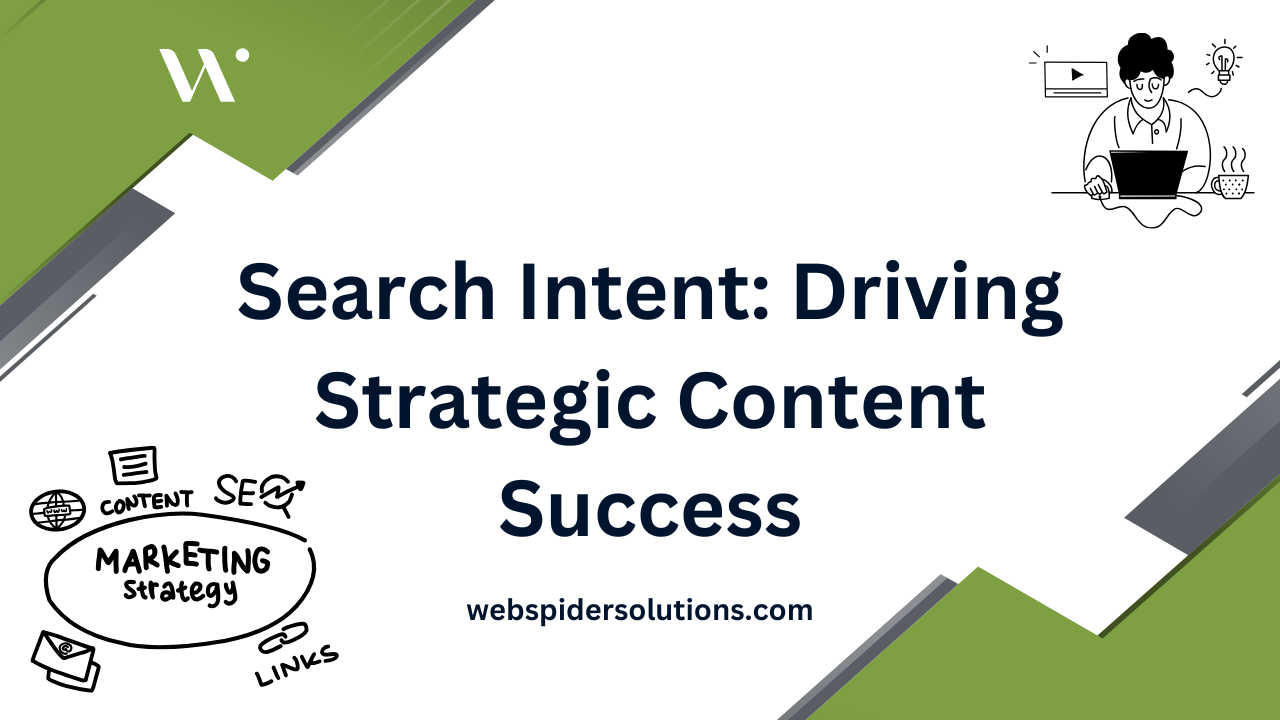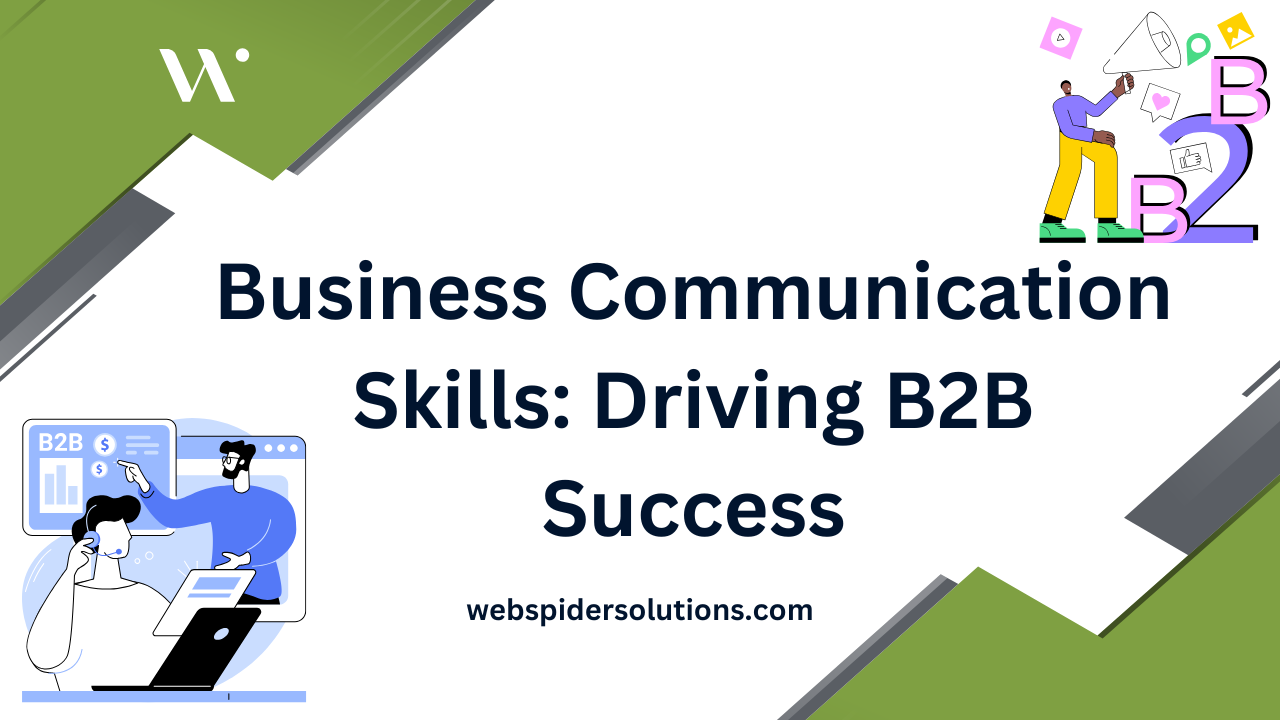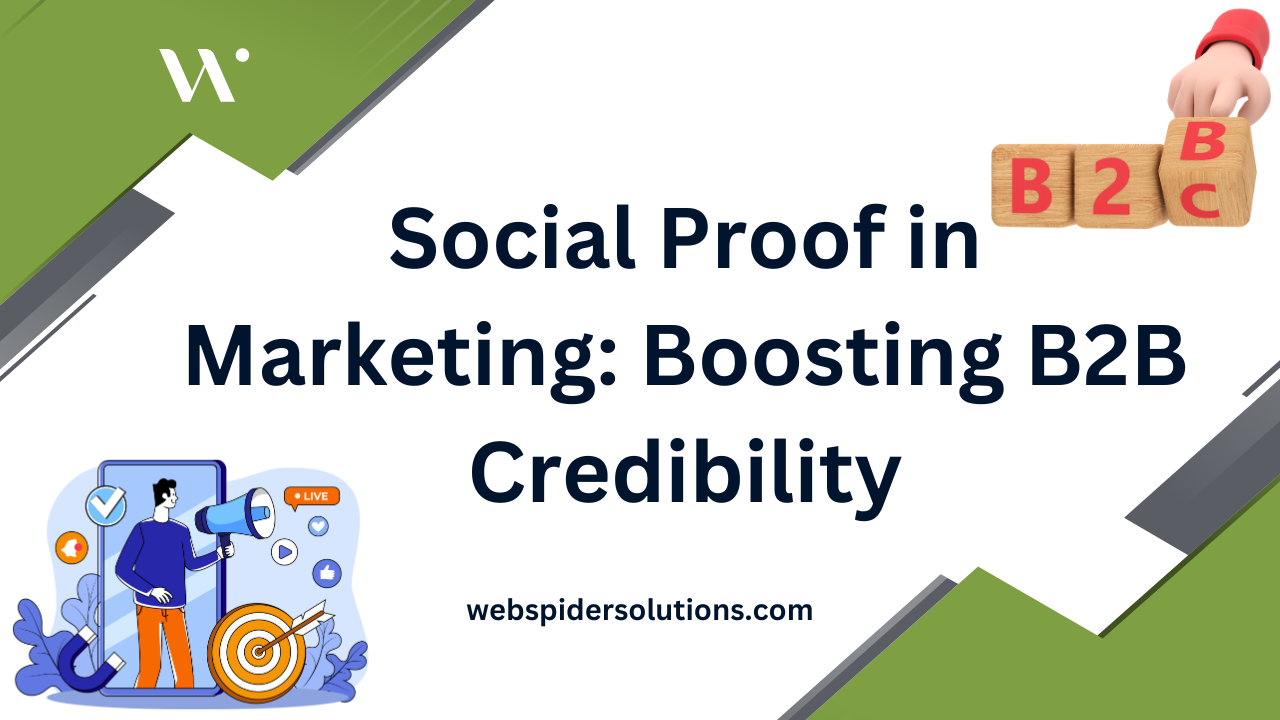Building a digital marketing strategy that actually works in 2025 is no small task. There are hundreds of tools, platforms, and possibilities screaming for your attention. Yet, most companies waste over 30% of their marketing budgets on campaigns that never reach the right audience. Surprised? The secret is that real success starts with pinpointing exactly who your audience is—not with flashy trends or bigger budgets. Here is how you can finally create a strategy that gets real results.
Table of Contents
- Step 1: Analyze Your Target Audience And Market
- Step 2: Set Clear And Measurable Marketing Goals
- Step 3: Choose The Right Digital Marketing Channels
- Step 4: Develop Compelling Content And Campaigns
- Step 5: Launch Your Digital Marketing Strategy
- Step 6: Evaluate And Optimize Your Results
Quick Summary
| Key Point | Explanation |
|---|---|
| 1. Deeply Understand Your Audience | Gather demographic and psychographic data for precise targeting in your marketing campaigns. |
| 2. Set SMART Marketing Goals | Align measurable goals with business objectives to track progress effectively. |
| 3. Choose Appropriate Digital Channels | Match your audience personas with the right platforms for optimal engagement. |
| 4. Create Engaging Content | Develop diverse content that addresses audience needs and maintains a consistent brand voice. |
| 5. Continuously Evaluate Performance | Regularly analyze metrics and adjust strategies to optimize campaign effectiveness. |
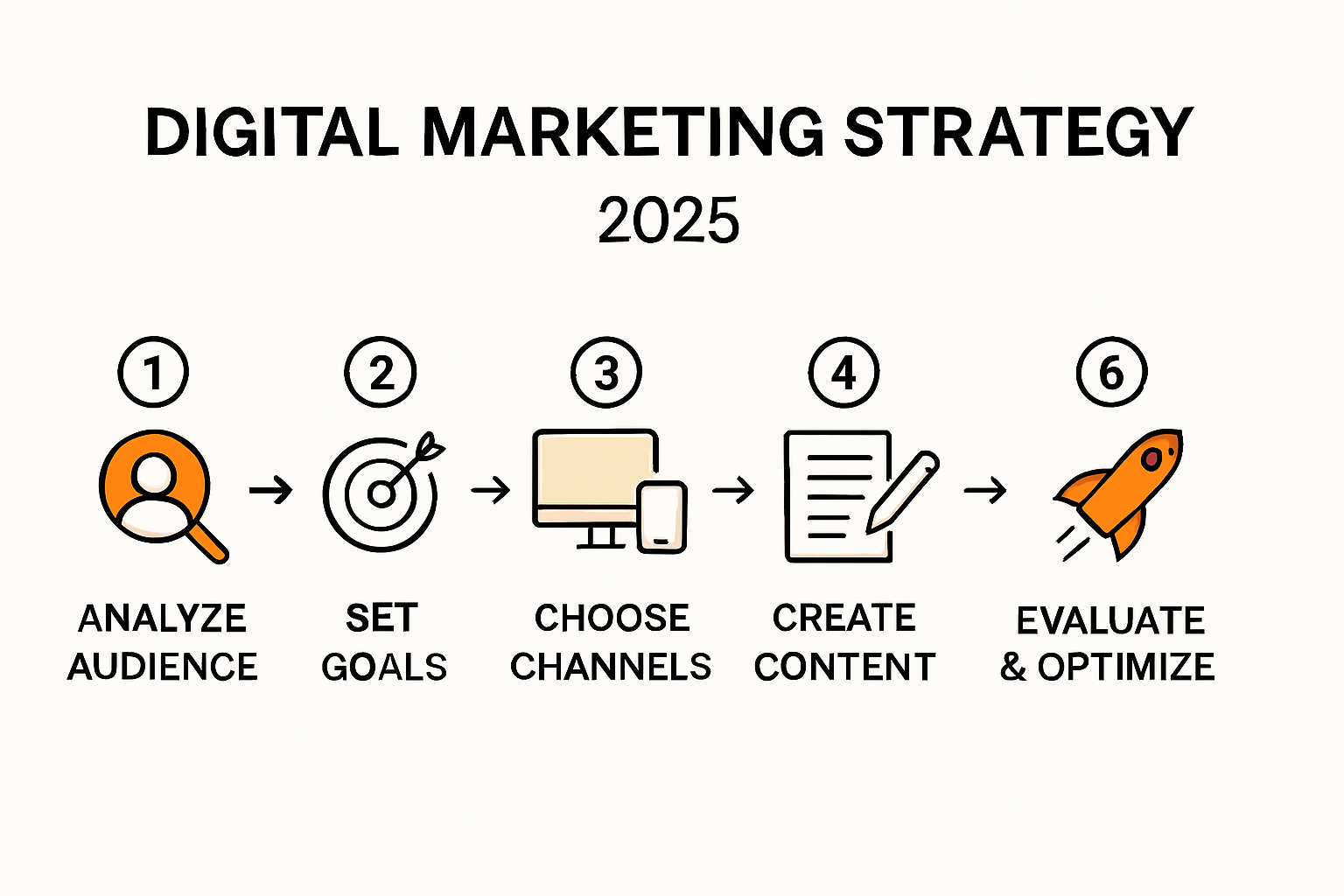
Step 1: Analyze Your Target Audience and Market
Understanding your target audience and market forms the critical foundation of any successful digital marketing strategy for 2025. This initial step transforms vague marketing attempts into precision-targeted campaigns that connect meaningfully with potential customers.
Start by gathering comprehensive demographic and psychographic data about your ideal customer. This means moving beyond basic age and location information to explore deeper insights like motivations, challenges, online behaviors, and purchasing preferences. Professional market research tools such as Google Analytics and SEMrush Audience Insights can provide granular details about your potential customer segments.
Key Research Methods:
- Conduct customer surveys and interviews
- Review existing customer data and transaction histories
- Analyze social media audience demographics
- Examine competitor customer bases
Create detailed customer personas that represent your most valuable audience segments. These personas should include not just statistical data, but narrative descriptions capturing their goals, pain points, communication preferences, and potential interactions with your digital marketing efforts. For instance, a B2B technology service might develop personas like “Tech-Savvy Sarah, Chief Information Officer” or “Startup Mike, Emerging Entrepreneur” to guide more nuanced marketing approaches.
Utilize data visualization techniques to transform raw information into actionable insights. Mapping customer journeys, creating empathy maps, and developing decision trees can help you understand how different audience segments might engage with your digital marketing channels. Check out our detailed guide on audience segmentation to dive deeper into strategic audience analysis.
Remember that market analysis is not a one-time activity but an ongoing process. Digital landscapes shift rapidly, and customer preferences evolve continuously. Plan to revisit and refine your audience understanding quarterly, ensuring your digital marketing strategy remains relevant and effective throughout 2025 and beyond.
Step 2: Set Clear and Measurable Marketing Goals
Establishing precise and quantifiable marketing goals transforms your digital strategy from a vague concept into an actionable roadmap. Without clear objectives, your marketing efforts will lack direction and meaningful impact. The goals you define now will serve as critical benchmarks for tracking progress and determining success throughout your 2025 digital marketing journey.
Begin by aligning your marketing goals directly with your broader business objectives. This means translating high-level organizational aims into specific, measurable digital outcomes. For instance, if your company aims to increase revenue by 20%, your marketing goals might include generating 500 qualified leads, improving conversion rates by 15%, or expanding online market share in key demographic segments.
Recommended Goal-Setting Framework:
- Increase website traffic by specific percentage
- Improve lead generation conversion rates
- Expand social media engagement metrics
- Boost online sales or customer acquisition numbers
Utilize digital marketing analytics platforms like Google Analytics and SEMrush to establish baseline metrics and set realistic, data-driven targets. These tools provide comprehensive insights into current performance, helping you craft goals that are challenging yet achievable. Quantify each goal with precise numerical targets and set specific timeframes for achievement.
Consider implementing the SMART goal methodology: Specific, Measurable, Achievable, Relevant, and Time-bound. This approach ensures your marketing objectives are concrete and trackable. For example, instead of saying “increase social media followers,” define a goal like “grow Instagram followers by 25% within six months through targeted content and engagement strategies.”
Learn more about strategic goal development to refine your approach. Remember that goals are not static documents but living strategies that require regular review and adjustment. Plan quarterly check-ins to assess progress, recalibrate strategies, and ensure your digital marketing efforts remain aligned with evolving business needs.
Step 3: Choose the Right Digital Marketing Channels
Selecting the most effective digital marketing channels requires strategic precision and a deep understanding of where your target audience spends their online time. Your channel selection will determine how effectively you communicate your brand message and engage potential customers across the digital landscape.
Begin by mapping your audience personas directly to their preferred digital platforms. Each channel offers unique engagement opportunities and requires tailored content strategies. For example, professional B2B audiences might gravitate toward LinkedIn and industry-specific forums, while younger consumer demographics might prefer Instagram and TikTok. Strategic channel selection means understanding not just where your audience exists, but how they interact within those digital spaces.
Core Digital Marketing Channels to Consider:
- Search engine marketing (Google Ads)
- Social media platforms
- Email marketing
- Content marketing websites
- Video platforms
Analyze your competitors and industry benchmarks to identify which channels deliver the most consistent and meaningful results. Tools like Google Analytics and social media insights provide comprehensive data about audience behavior, engagement rates, and conversion potential. Pay attention to metrics such as click-through rates, time spent on page, and demographic interaction patterns.
Explore advanced channel optimization techniques to maximize your digital marketing effectiveness. Focus on creating a multichannel approach that allows cross-platform messaging while maintaining a consistent brand voice. This means developing adaptable content that can be slightly modified to suit each platform’s unique characteristics and audience expectations.
Remember that channel selection is not a one-time decision but an ongoing process of testing, measuring, and refining. Plan to review your channel performance quarterly, eliminating underperforming platforms and doubling down on those generating significant engagement and conversions. Your digital marketing strategy should remain fluid, adapting to emerging platforms and shifting audience behaviors throughout 2025.
Step 4: Develop Compelling Content and Campaigns
Crafting compelling digital content represents the heartbeat of your marketing strategy, transforming audience insights into engaging narratives that drive meaningful connections and conversions. Your content must transcend simple information delivery and create genuine value for your target audience.
Start by developing a comprehensive content strategy that aligns with your previously defined audience personas and marketing goals. Content should address specific customer pain points, answer critical questions, and provide actionable solutions. This means creating diverse content formats that cater to different learning styles and consumption preferences, such as blog posts, video tutorials, infographics, podcasts, and interactive webinars.
Essential Content Development Principles:
- Create audience-focused, problem-solving content
- Maintain consistent brand voice and messaging
- Prioritize quality over quantity
- Incorporate storytelling techniques
- Ensure mobile-friendly content design
Utilize content management and creation tools like Canva, Adobe Creative Suite, and HubSpot to streamline your production process. These platforms offer templates, design resources, and collaboration features that can significantly enhance your content development workflow. Focus on creating evergreen content with long-term relevance while simultaneously producing timely, trend-responsive materials that capture current audience interests.
Explore advanced content marketing strategies to amplify your digital presence. Implement a robust content calendar that schedules consistent publication across selected digital channels, ensuring a steady stream of valuable information that keeps your audience engaged and builds brand authority.
Remember that successful content marketing is an iterative process. Regularly analyze performance metrics using tools like Google Analytics to understand which content resonates most with your audience. Be prepared to pivot your strategy, experiment with new formats, and continuously refine your approach based on real-world engagement data. Your goal is to create a dynamic, responsive content ecosystem that evolves alongside your audience’s changing needs and preferences.
Step 5: Launch Your Digital Marketing Strategy
Launching your digital marketing strategy represents the critical moment where carefully crafted plans transform into actionable campaigns. This step requires meticulous preparation, strategic timing, and a comprehensive approach to ensuring smooth implementation across all selected digital channels.
Preparation is paramount before launching. Conduct a final comprehensive review of all campaign elements, ensuring alignment with your established goals, audience insights, and brand messaging. Verify that technical infrastructures like tracking pixels, conversion goals, and analytics integrations are correctly configured. Tools such as Google Tag Manager and Facebook Pixel can help streamline these technical setup requirements.
Key Launch Preparation Checkpoints:
- Validate all tracking and measurement systems
- Confirm content readiness across platforms
- Test user experience and conversion pathways
- Ensure mobile and desktop compatibility
- Review compliance with platform-specific guidelines
Implement a phased rollout strategy that allows for incremental testing and optimization. Start with smaller audience segments to minimize potential risks and gather initial performance data. This approach enables real-time adjustments and prevents potential large-scale campaign disruptions. Allocate a preliminary budget for initial testing, which helps identify potential optimization opportunities before full-scale deployment.
Discover advanced campaign launching techniques to refine your approach. Create a detailed launch timeline that outlines specific actions, responsible team members, and expected milestones. This documentation serves as a critical reference point for tracking progress and maintaining accountability throughout the campaign.
Maintain flexibility during the launch phase. Digital marketing strategies rarely execute perfectly on the first attempt. Be prepared to make rapid, data-driven adjustments based on initial performance metrics. Monitor key performance indicators closely during the first 72 hours, paying attention to engagement rates, click-through percentages, and conversion signals. Your ability to quickly interpret and respond to emerging data will significantly influence the overall success of your digital marketing strategy in 2025.
Step 6: Evaluate and Optimize Your Results
Evaluating and optimizing your digital marketing results transforms raw data into strategic insights that drive continuous improvement. This critical step moves beyond simple performance tracking, requiring a comprehensive and nuanced approach to understanding your marketing efforts’ true impact and potential.
Data analysis begins with selecting the right performance metrics that directly correlate with your original marketing objectives. Utilize advanced analytics platforms like Google Analytics, SEMrush, and Mixpanel to gather comprehensive performance data across multiple channels. Focus on key performance indicators such as conversion rates, customer acquisition costs, engagement metrics, and return on investment calculations.
Critical Optimization Metrics to Track:
- Conversion rate per channel
- Customer acquisition cost
- Average session duration
- Bounce rates
- Revenue generated from marketing campaigns
Implement a systematic review process that examines performance data through multiple lenses. This means looking beyond surface-level metrics to understand deeper behavioral patterns and audience interactions. Conduct comparative analyses between different campaign iterations, identifying specific elements that drove higher engagement or conversion rates. Pay close attention to micro-trends that might indicate emerging audience preferences or potential optimization opportunities.
Explore comprehensive ROI optimization techniques to refine your approach. Create a structured optimization workflow that includes regular performance reviews, hypothesis generation, and controlled experiment design. This might involve A/B testing different content formats, messaging strategies, or targeting parameters to incrementally improve campaign effectiveness.
Remember that optimization is an ongoing process, not a one-time event. Schedule monthly and quarterly comprehensive reviews that allow for meaningful strategic adjustments. Be prepared to pivot quickly, reallocating resources from underperforming channels to those showing the most promising results. Your ability to remain agile and data-driven will ultimately determine the long-term success of your digital marketing strategy in 2025.

Ready to Build a Winning Digital Marketing Strategy for 2025?
You have just explored the essential steps for creating a standout digital marketing strategy for the coming year. If you are feeling overwhelmed by the need to identify your target audience, select the right channels, develop content that truly converts, and optimize every campaign for stronger ROI, you are not alone. Many businesses struggle to turn these best practices into real growth. The good news is you do not have to figure it out by yourself. Our team at Web Spider Solutions delivers tailored solutions that turn digital challenges into measurable wins. Tap into our expertise in paid advertising, content creation, analytics, and ongoing campaign optimization by exploring our Paid Advertising category for more insight and proven strategies.
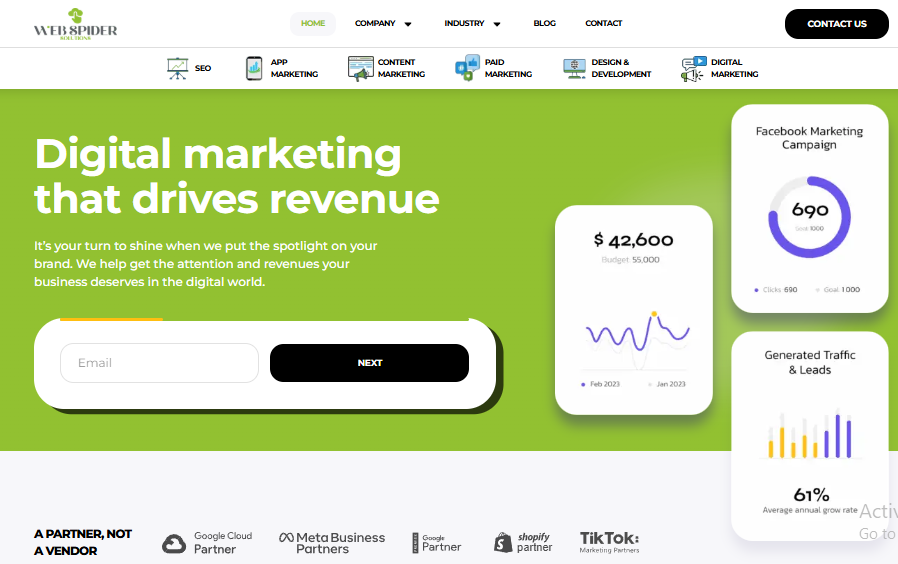
Stop letting strategy doubts hold you back. Visit Web Spider Solutions to book your free consultation today. Let us help you transform your marketing plan into a results-driven campaign for 2025. Take the next step and see how our proven techniques and hands-on support will elevate your digital marketing results.
Frequently Asked Questions
What are the first steps to develop a digital marketing strategy for 2025?
Understanding your target audience and market is the first crucial step. Gather demographic and psychographic data and create detailed customer personas to guide your marketing efforts.
How can I set measurable marketing goals for my digital strategy?
Align your marketing goals with broader business objectives using the SMART framework—Specific, Measurable, Achievable, Relevant, and Time-bound. This will help in creating clear benchmarks for success.
What digital marketing channels should I consider for my audience?
Analyze where your target audience spends their online time. Common channels include search engine marketing, social media, email marketing, and content marketing platforms. Tailor your strategies for each channel based on audience preferences.
How do I evaluate and optimize my digital marketing results?
Use analytics platforms like Google Analytics to track performance metrics such as conversion rates and customer acquisition costs. Regularly analyze this data to identify trends and make data-driven adjustments to improve your marketing campaigns.
Recommended








